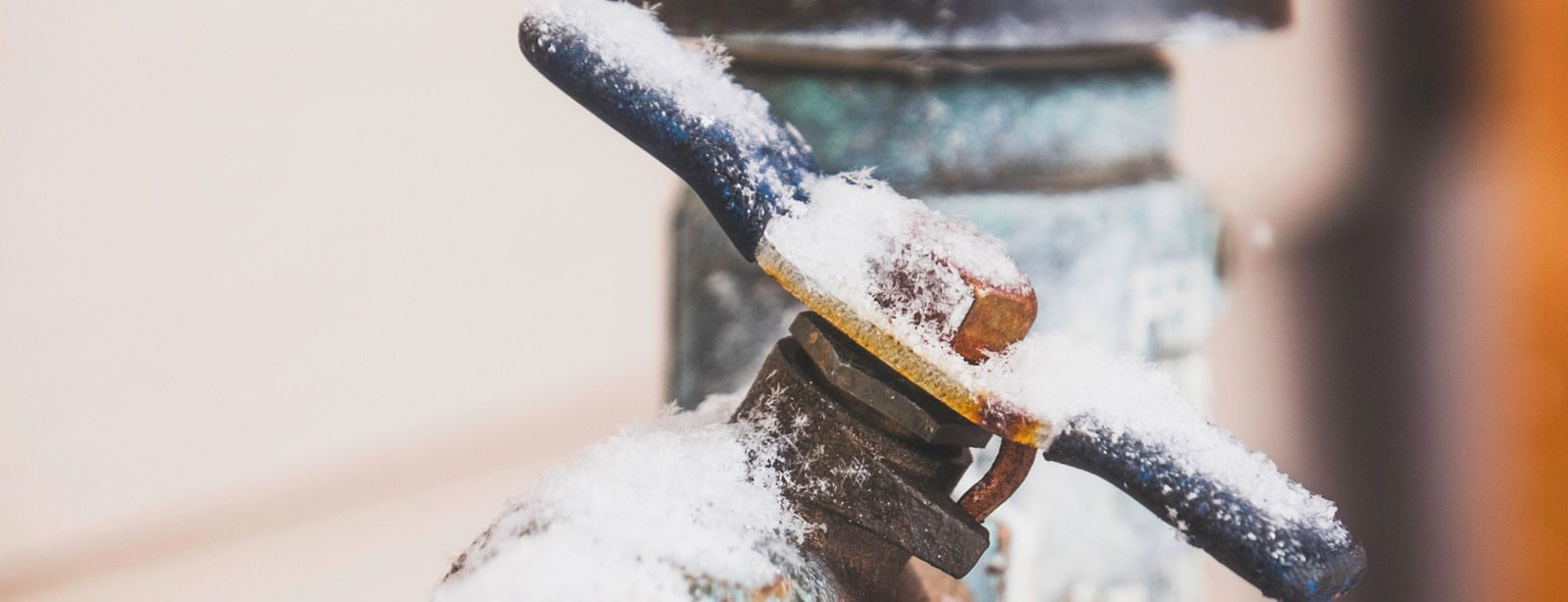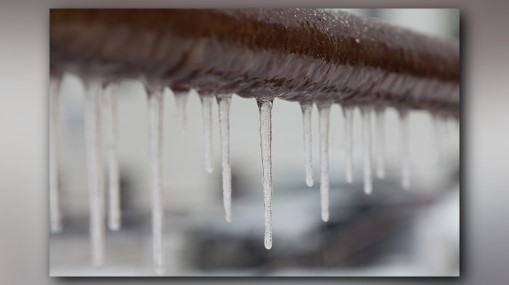This great article down the page pertaining to How to Prevent Your Pipes From Freezing is indeed entertaining. Don't miss out on it.

Winter can wreak havoc on your pipes, especially by freezing pipelines. Right here's how to stop it from occurring and what to do if it does.
Introduction
As temperature levels decline, the danger of icy pipelines boosts, possibly causing expensive repair work and water damage. Understanding exactly how to stop frozen pipes is critical for house owners in chilly climates.
Avoidance Tips
Insulating at risk pipes
Wrap pipes in insulation sleeves or utilize heat tape to shield them from freezing temperatures. Concentrate on pipes in unheated or external areas of the home.
Home heating methods
Keep interior spaces appropriately warmed, especially locations with plumbing. Open up cabinet doors to allow cozy air to distribute around pipes under sinks.
How to identify icy pipelines
Search for reduced water flow from faucets, unusual odors or sounds from pipes, and noticeable frost on revealed pipelines.
Long-Term Solutions
Structural changes
Take into consideration rerouting pipes away from exterior walls or unheated areas. Include extra insulation to attic rooms, cellars, and crawl spaces.
Upgrading insulation
Buy top quality insulation for pipelines, attic rooms, and walls. Proper insulation aids keep constant temperature levels and decreases the threat of icy pipes.
Shielding Exterior Plumbing
Garden pipes and exterior taps
Detach and drain pipes yard hoses prior to winter months. Set up frost-proof spigots or cover outside faucets with insulated caps.
Understanding Icy Pipelines
What causes pipes to freeze?
Pipelines ice up when exposed to temperature levels listed below 32 ° F (0 ° C) for expanded durations. As water inside the pipelines ices up, it increases, putting pressure on the pipe walls and potentially triggering them to burst.
Risks and damages
Frozen pipes can lead to water supply interruptions, residential or commercial property damage, and expensive fixings. Ruptured pipelines can flood homes and cause substantial structural damages.
Signs of Frozen Water Lines
Determining frozen pipelines early can prevent them from breaking.
What to Do If Your Pipes Freeze
Immediate actions to take
If you presume frozen pipes, keep faucets open up to alleviate pressure as the ice thaws. Use a hairdryer or towels taken in warm water to thaw pipelines slowly.
Final thought
Stopping icy pipelines calls for positive measures and quick responses. By understanding the reasons, indicators, and preventive measures, homeowners can shield their pipes throughout cold weather.
5 Ways to Prevent Frozen Pipes
Drain Outdoor Faucets and Disconnect Hoses
First, close the shut-off valve that controls the flow of water in the pipe to your outdoor faucet. Then, head outside to disconnect and drain your hose and open the outdoor faucet to allow the water to completely drain out of the line. Turn off the faucet when done. Finally, head back to the shut-off valve and drain the remaining water inside the pipe into a bucket or container. Additionally, if you have a home irrigation system, you should consider hiring an expert to clear the system of water each year.
Insulate Pipes
One of the best and most cost-effective methods for preventing frozen water pipes is to wrap your pipes with insulation. This is especially important for areas in your home that aren’t exposed to heat, such as an attic. We suggest using foam sleeves, which can typically be found at your local hardware store.
Keep Heat Running at 65
Your pipes are located inside your walls, and the temperature there is much colder than the rest of the house. To prevent your pipes from freezing, The Insurance Information Institute suggests that you keep your home heated to at least 65 degrees, even when traveling. You may want to invest in smart devices that can keep an eye on the temperature in your home while you’re away.
Leave Water Dripping
Moving water — even a small trickle — can prevent ice from forming inside your pipes. When freezing temps are imminent, start a drip of water from all faucets that serve exposed pipes. Leaving a few faucets running will also help relieve pressure inside the pipes and help prevent a rupture if the water inside freezes.
Open Cupboard Doors
Warm your kitchen and bathroom pipes by opening cupboards and vanities. You should also leave your interior doors ajar to help warm air circulate evenly throughout your home.

As a fervent person who reads about Winter Plumbing Precautions: Preventing Frozen Pipes, I assumed sharing that chunk was a smart idea. Kindly pause to distribute this article if you enjoyed it. I enjoy your readership.
Call Today
Comments on “Shielding Pipes from Cold Weather Damage: Critical Strategies”